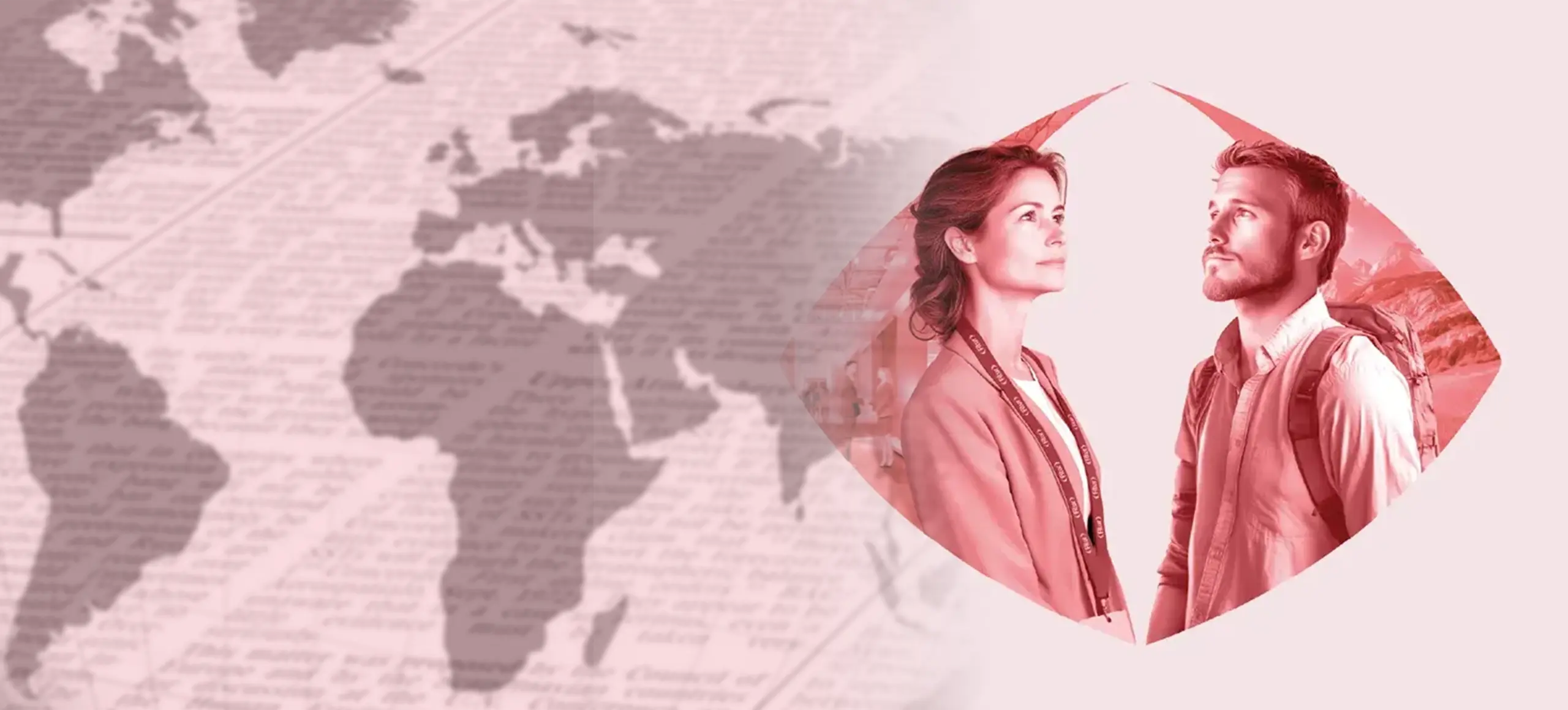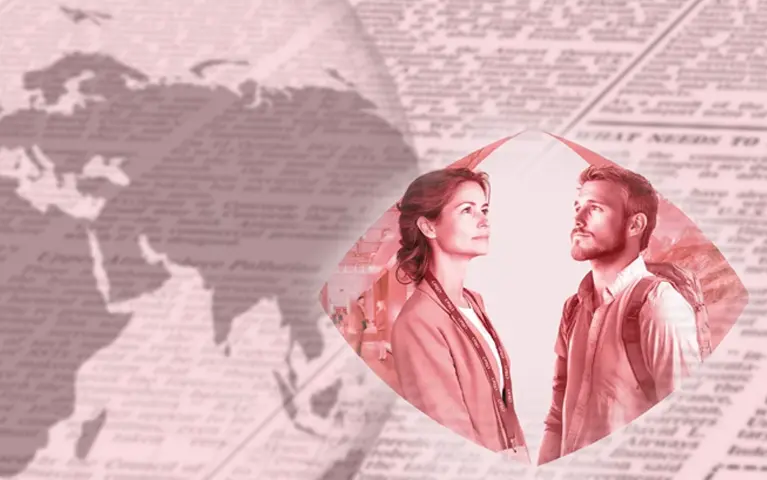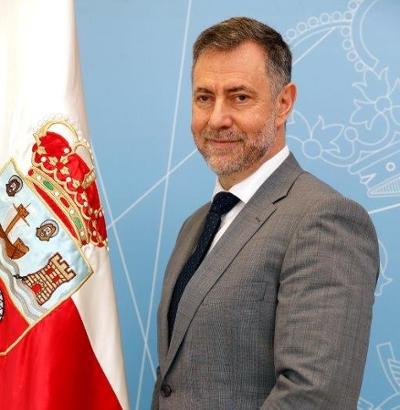

How has the tourism sector been evolving in Cantabria in 2024?

Cantabria is committed to sustainable, deseasonalised, decentralised and quality tourism, according to the regional Minister of Culture, Tourism and Sports, Luis Martínez Abad. "Tourism that places value on our natural wealth, our culture, our gastronomy, but above all our people. Tourism that respects the landscape and the countryside". FITUR is "an unmissable event and a strategic event for the future of tourism in Cantabria", where this region will once again show the world "all of its assets and its appeal".
How has the tourism sector been evolving in Cantabria in 2024?
The year 2023 once again produced record tourism figures in Cantabria, in terms of visitors, overnight stays and passengers at Seve Ballesteros-Santander airport. The year 2024 was once again a year of historic figures, with national tourist numbers becoming consolidated and foreign tourist arrivals showing an increase. Now it is time to think in qualitative terms. The Government of Cantabria champions a sustainable, stable and quality tourism model throughout the year. This will be helped by all the investments in tourism planned by the government led by María José Sáenz de Buruaga, which will exceed 60 million euros over the course of the term of office.
Cantabria is a territory with hidden gems in all its regions which are perfect for exploring at any time of the year. And this is one of the main objectives of our tourism model: deseasonalisation.
What sectors or niche markets are you promoting to this end?
We are committed to cultural, rural and gastronomic tourism. One of the main strengths of Cantabria is that, being one of the smallest autonomous communities in Spain, it boasts ten World Heritage caves, with Altamira at the head. The Museum and Neocave of Altamira, or the Cave Art Centre of Puente Viesgo, together with the caves of Monte Castillo, offer unique experiences with a very strong appeal on a worldwide scale. Its network of museums, with the soon to open new MUPAC, or the centre associated with the Reina Sofía that is to house the Lafuente Archive, one of the most important private collections in Spain, are a clear example of our commitment to cultural tourism.
According to the latest data provided by the Cantabrian Institute of Statistics, almost 300,000 residents in Spain travelled to Cantabria in 2023 for cultural reasons. This represents an increase of 17% over the previous year. But Cantabria has many attractions depending on the region, coast or inland location chosen to visit. There is a wide range of active tourism on offer, from surfing to skiing, hiking, mountain sports in the Picos de Europa or via ferrata routes. And we cannot forget nature tourism, where the possibilities are endless and which include the Costa Quebrada, recently designated a UNESCO World Geopark.
Gastronomic experiences have ceased to be an add-on and have become a journey of discovery of the territory, through the know-how of the producers and chefs of each area who work with care so that the guest can savour unique flavours. We have five Michelin-starred restaurants, which are receiving more and more diners. We are also working to attract large events to Cantabria, as we have venues to suit all needs, both in Santander and in other locations, and a varied and quality complementary offer that provides unique events.
What is the development potential of religious tourism in Cantabria?
The Lebaniego Way takes the pilgrim from the North Way of the Camino de Santiago, along the coast, to the Picos de Europa National Park. Over 72 kilometres, which can be organised in three or five stages, the route passes through lush nature, passing villages that seem to have stood still in time and that treasure a unique religious heritage.
The Lebaniego Jubilee Year ended in April 2024, but we already have our sights set on the next Holy Year, which will be in 2028. It should not be forgotten that our route, which is open all year round, ends at one of the five holy places of Christianity: the Monastery of Santo Toribio de Liébana, where the 'Lignum Crucis', the largest piece of the Cross of Christ, is preserved.
How does your participation in FITUR each year contribute to boosting tourism in Cantabria?
FITUR is an unmissable event that marks the start of the tourism year. It is a strategic meeting for the future of tourism in Cantabria and we work tirelessly year after year to offer the best experience to visitors who come to our stand. This year, visitors to FITUR will find a stand representing the four signs of nature: fire, water, air and earth. And all of this can be found in abundance in our region. I am sure that those who come will enjoy a unique experience that they will never forget.




